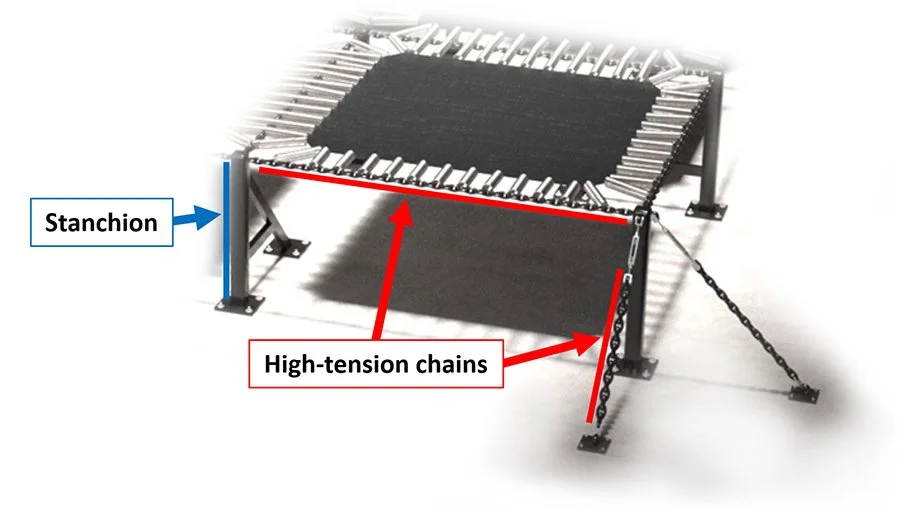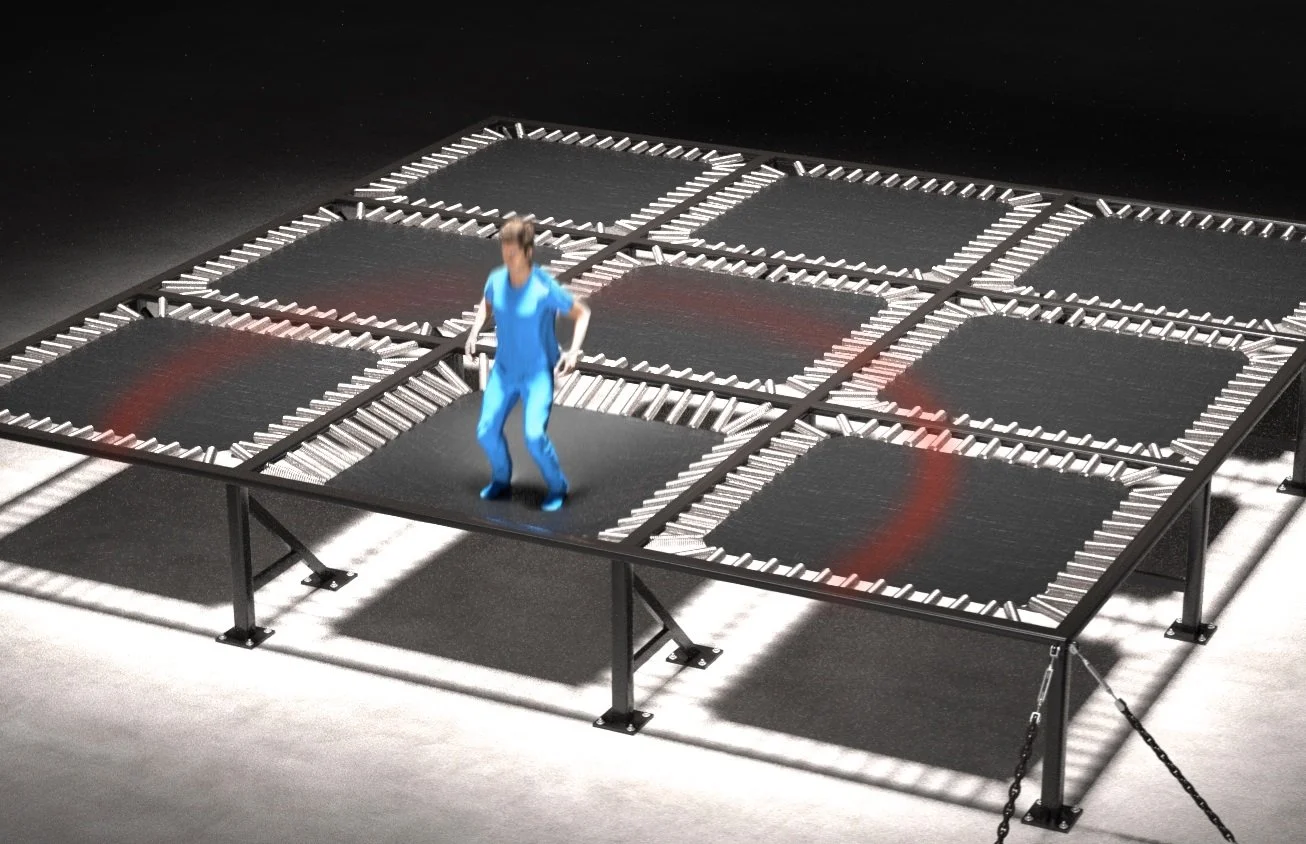Safety Failures Ignite Multimillion-Dollar Settlement in Trampoline Park Accident
A catastrophic accident at a trampoline park resulted in a jumper becoming paralyzed during a game of dodgeball, where multiple participants occupied a trampoline grid assembly. This unfortunate event was not a mere incident, but rather a culmination of unsafe practices related to maintenance—a pattern that the trampoline park had previously demonstrated. According to expert opinions, the underlying structural design of the trampoline assembly was also a significant contributing factor to the accident.
The experts hired by the Abbott Law Group highlighted the trampoline's chain and stanchion grid design as inherently flawed and unsafe. Their analysis revealed that this design allowed jumpers to continually bounce near the perimeters of each trampoline unit, thereby increasing the risk of dangerous interactions with the chain supports on the outer boundaries. Moreover, the design facilitated wave propagation across the entire grid assembly (see video of simplified chain and stanchion assembly demonstrative below).
As a result, the movements of each jumper were capable of causing disturbances to other jumpers, even those multiple trampoline units away. This concept is further illustrated in the frog and lily pad analogies shown below.
The propagation of these disturbances meant that jumpers would experience unexpected shifts and movements on their trampoline units, irrespective of their own actions. These shifts could alter their trajectories, disrupt their balance, or even cause collisions between participants, thereby increasing the risk of injury for everyone on the grid. Such risks would be mitigated by a solid frame design, where wave propagation is greatly diminished (see video of simplified solid frame assembly demonstrative below) .
In the wake of the accident, a thorough inspection of the trampoline assembly was conducted by the team of Plaintiff experts, employing advanced methodologies such as laser scanning.
The collected data provided detailed insights into the trampoline's structure and the conditions that likely contributed to the unfortunate accident. Utilizing this data, a 3D model of the trampoline assembly was generated, which was instrumental in understanding the causes of the accident more comprehensively.
To visually demonstrate the mechanical process that led to the accident, the Crash Animation Studios team produced illustrative aids based on the experts' findings. These aids were critical in explaining the safety flaws related to the chain and stanchion design and how it led to wave disturbances propagating across the grid assembly, ultimately impacting the behaviors of the jumpers. Executing this project demanded a blend of specialized skills from our team, encompassing custom scripting and advanced 3D modeling techniques. Ensuring the highest level of accuracy and realism, our team worked in close collaboration with the experts, translating their detailed analysis into a visually compelling narrative.
In the end, the case concluded with a settlement in the millions of dollars, underscoring the gravity of the negligence and the magnitude of the resulting tragedy.
If you're interested in learning more about our work or wish to collaborate with our highly motivated team, we invite you to reach out to us at contact@crashanimationstudios.com or call us at 1-800-210-8511.





